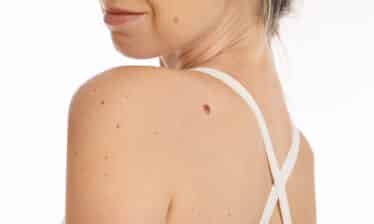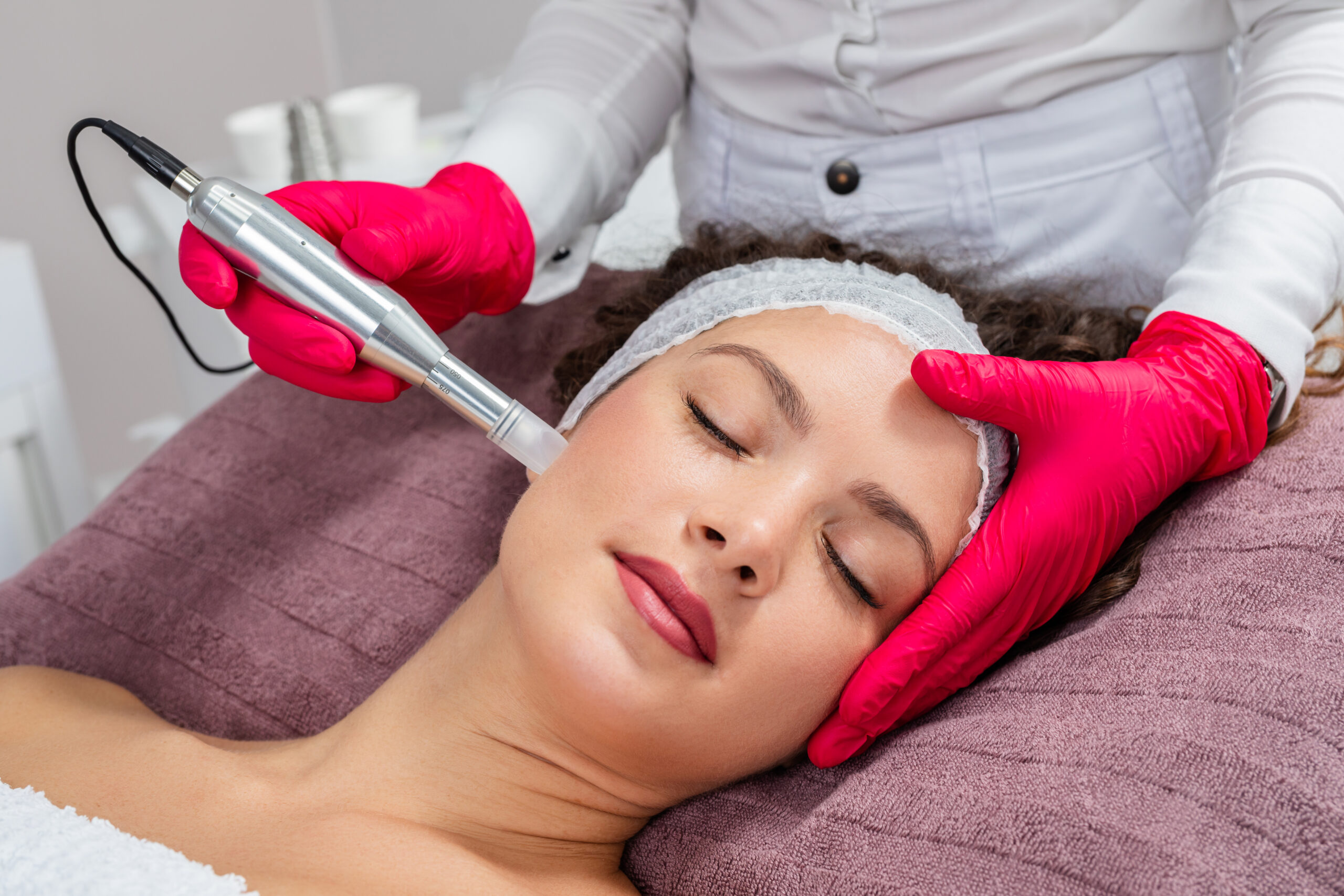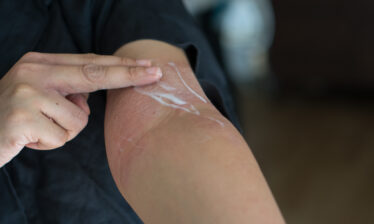Acne is a common problem and can affect people in a variety of ways and degrees of seriousness. While not life-threatening, these blemishes can cause great emotional stress.
It can be difficult to sort through the variety of skin care products available to figure out how to get rid of acne. One growing trend in acne care is the use of hydrocolloid bandages, also known as pimple patches.
Hydrocolloid bandages are available over the counter and were originally developed for the care of minor cuts, blisters, and other wounds.
The science behind them1 has been around for a while. Hydrocolloid bandages are effective in wound care because they are absorbent and help the skin to heal by providing a sealed, protective barrier over the wound. Sounds great, right?
The appeal is the same for treating acne. Since all types of acne are essentially skin blemishes, or minor wounds in your skin, hydrocolloid bandages can help heal your acne in the same way that they help to heal other minor wounds.
What Causes Acne?
If you’re frustrated about your acne, you’re not alone! There are many causes and symptoms of acne2, and different treatments are available.
Acne occurs when your pores and hair follicles become clogged with oil, dead skin cells, dirt, and other debris. When clogged, your pores become inflamed and may fill with pus or cause damage to the surrounding tissue, leading to whiteheads, blackheads, and pimples.
Acne commonly affects teenagers, especially because of their changing hormones, but it can also continue into adulthood.
Severe acne and acne that is left untreated can cause scarring to the skin as well as emotional stress, so it’s best to treat early and practice a good skin care routine to prevent acne.
The different types of acne are:
- Whiteheads, which are pores that have been closed and clogged
- Blackheads, which are pores that are clogged but still open
- Papules, which are small red bumps that might be painful to touch
- Pustules, or pimples, which are small bumps filled with pus
- Nodules, which are larger, under the skin, and feel more solid and painful
- Cystic acne, which is painful and filled with pus, located deeper under the skin
The best way to prevent acne is to regularly wash your face with a good facial cleanser, use a moisturizer that does not clog your pores or add more oils to your face, and keep an acne spot treatment like hydrocolloid patches on hand to help clear pores of debris and heal the damaged tissue.
How To Use Hydrocolloid Bandages To Treat Acne
Treating acne with hydrocolloid bandages, or pimple patches, is a great way to tackle blemishes quickly.
Hydrocolloid bandages work by using a flexible adhesive film to apply a hydrocolloid agent directly to the blemish while sealing the area with an absorbent, waterproof bandage so the skin can heal3. Many patches also include salicylic acid, tea tree oil, and other acne-fighting ingredients to apply directly to the spot for a concentrated, effective treatment.
Excess fluids, such as pus, oil, and dirt that have infected the pore and caused the pimple, are sucked out and absorbed by the bandage. Other patch ingredients help your pores to clean out the dead skin cells and debris that have also caused inflammation.
When you remove the patch after several hours, you will find a flatter spot and reduced redness and inflammation, making an immediately noticeable difference. The patch also helps your skin to heal more quickly by sealing the blemish from outside contaminants, asks thereby reducing the risk of scarring.
The hydrocolloid bandage protects your skin by acting as a physical barrier that prevents you from unconsciously touching your face and introducing new bacteria, debris, and other contaminants.
It also keeps you from picking at the acne, which can reinfect the blemish, increase the inflammation, and make it take longer to heal.
Hydrocolloid bandages can be used during the day or overnight. Because they are thin, flexible, and self-adhesive, they will stick smoothly to your skin and stay in place for several hours of treatment.
You can apply makeup over the patches, since they are clear and thin, and you won’t harm or change the healing process. The patch will actually help to keep your acne clean from makeup.
After several hours, when you peel off the patch you will notice white spots on the patch, which are all the contaminants that the patch has sucked out of your pores. Your pimple should be noticeably flatter, smaller, and less inflamed without drying out your skin.
The best types of acne to use these patches on are the kind filled with fluid and excess oils, so the patch can pull it out and speed up the healing process. For deeper, cystic acne without an obvious head or pus, you may need to consult a dermatologist to find out what treatment will be best for you.
Learn More About Hydrocolloid Bandages for Acne
There are many types of acne treatment. Hydrocolloid bandages are one safe, easy, and effective option that will have an immediate impact. Always make sure to speak to your doctor or dermatologist about any questions or concerns you might have regarding the best acne treatment for you.
My Skin Treatment is here to be an online voice that helps you understand skin treatments, skin conditions, skin resurfacing lasers, laser hair removal, and any other topic related to skin care.
SOURCES:
- National Library of Medicine: ” Wound Care: Fact and Fiction about Hydrocolloid Dressings.”
- American Academy of Dermatology Association: ” Acne: Who Gets and Causes.”3. National Library of Medicine: ” A Pilot Study on Efficacy Treatment of Acne Vulgaris Using a New Method: Results of a Randomized Double-Blind Trial with Acne Dressing.”






